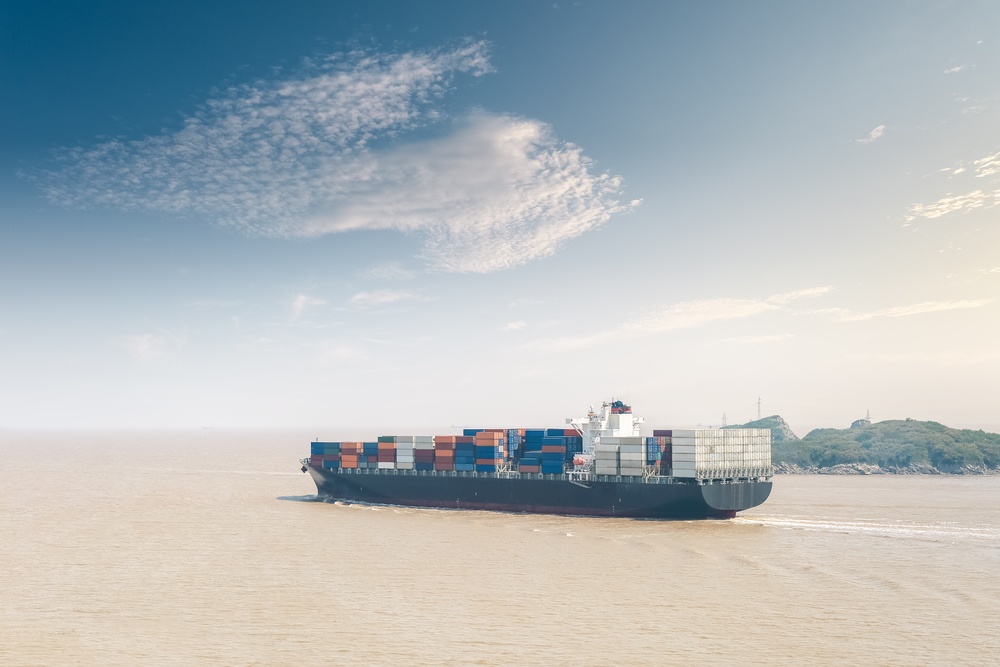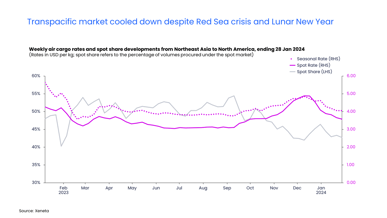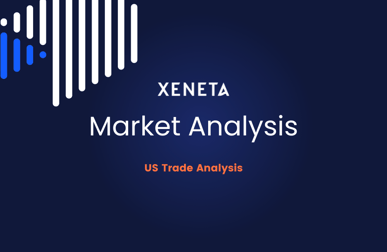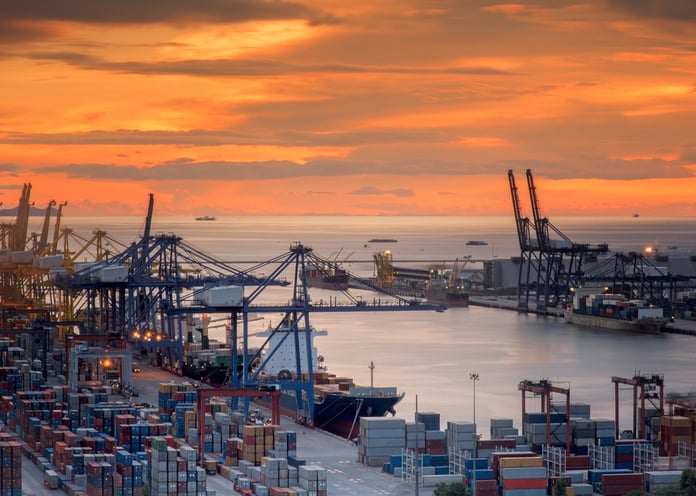
This is part 10 of the Xeneta 11-part FAQ series focusing on key questions related to freight rate benchmarking and procurement.
The series provides answers to the most frequently asked questions revolving around the complex world of ocean freight rate benchmarking and procurement. It provides you some tips and tricks to make the process a little less painful.
Part 1: When is the Best Time to Negotiate Ocean Freight Rates?
Part 2: Will I Leave Money on the Table with 12-month Fixed Rates?
Part 3: Should I Agree to Prices “Subject to GRI” or “Subject to Peak Season Surcharge”?
Part 4: How do Alliances Affect my Rates and Service Contract with a Carrier?
Part 5: Should I Choose a Carrier Based on Trade lane or Based on Combined Volume?
Part 6: Should I Benchmark my Shipping Freight Rates Against the Competition?
Part 7: What are the best Practices in Freight Contract Negotiation?
Part 8: What if my Volume Decreases or Increases During my Contract Period?
Part 9: Should I Hedge my Bets and Sign Short-term Shipping Contracts?
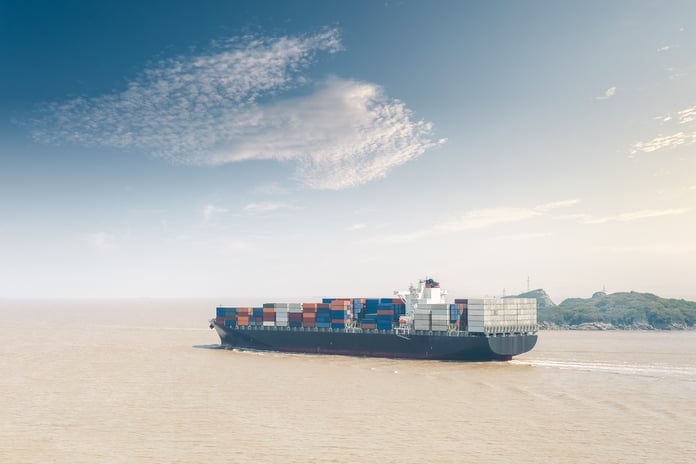
For companies of any size to be successful in global trade, reputable and stable ocean carriers are a must.
A company that is conducting its trade can do it confidently only if the carrier that is fulfilling the carriage has a stable service and financial background.
If an ocean carrier is financially unstable and goes down, your shipment could be delayed, diverted, lost, stuck in litigation and even more.
The collapse of South Korea's Hanjin Shipping, the world's seventh-largest container carrier in 2016 is a well-known example.
Due to Hanjin Shipping’s bankruptcy,
- cargoes were diverted from one port to another
- ships were diverted from the original ports to alternate ports
- shippers had to pay exorbitant amounts for their cargo to be released from the ports where the containers were stuck
- cargoes packed and in ports but not shipped had to be unpacked and repacked at the shipper’s cost
- there were several business casualties as these unexpected turns of events sent shockwaves across the shipping world creating havoc in the industry
- Many of the small volume shippers went belly up because their monies were tied up in the goods meant for the Christmas season
So these things can and have happened.
The only way a customer can avoid this is to keep a track of which shipping lines are being used and watch for any news relating to the shipping lines, and not place all eggs in one basket - but distribute volume across carriers as well as alliances.
While these things are unpredictable or cast in stone, at least keeping an ear to the ground about these happenings may save your cargo from getting stuck.
Learning from this disaster, container lines within THE Alliance (Hapag Lloyd, K Line, MOL, NYK and Yang Ming Lines) developed safeguards, creating an emergency fund, to help recover stranded cargo if this eventuality happened to one of their members.
While the alliances have started trading, such occurrences are actually even more of a concern from a shipper’s point of view because while you may have a contract with one carrier, if something happens to one of the other carriers in the alliance your shipment could also be affected.
This is all about risk and its management as such potentially expensive supply chain disruptions can have a devastating impact on a company’s businesses and supply chain. Therefore it comes as no surprise that mitigating risk and putting contingency plans in place is something that's clearly on everyone's radar in the post-Hanjin era.



